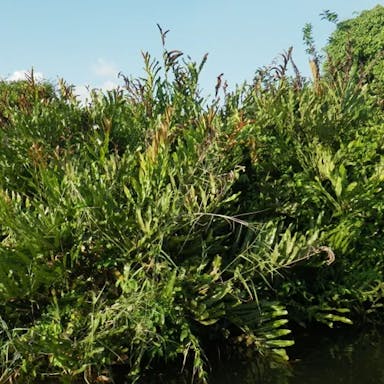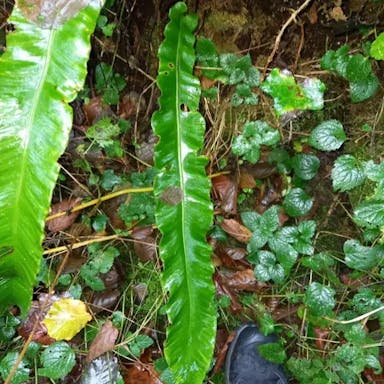Rough waterclover, or Marsilea hirsuta, originates from wet or marshy conditions in Asia and Australia. It has green, hairy leaves that give them a rough texture similar to clover leaves and float on the water. This small plant grows from spores rather than flowers and is well-suited for small aquariums due to its minimal light and nutrient-rich gravel requirements. Aquarium keepers favor this plant for its aesthetic appeal and ease of maintenance.
0
0






